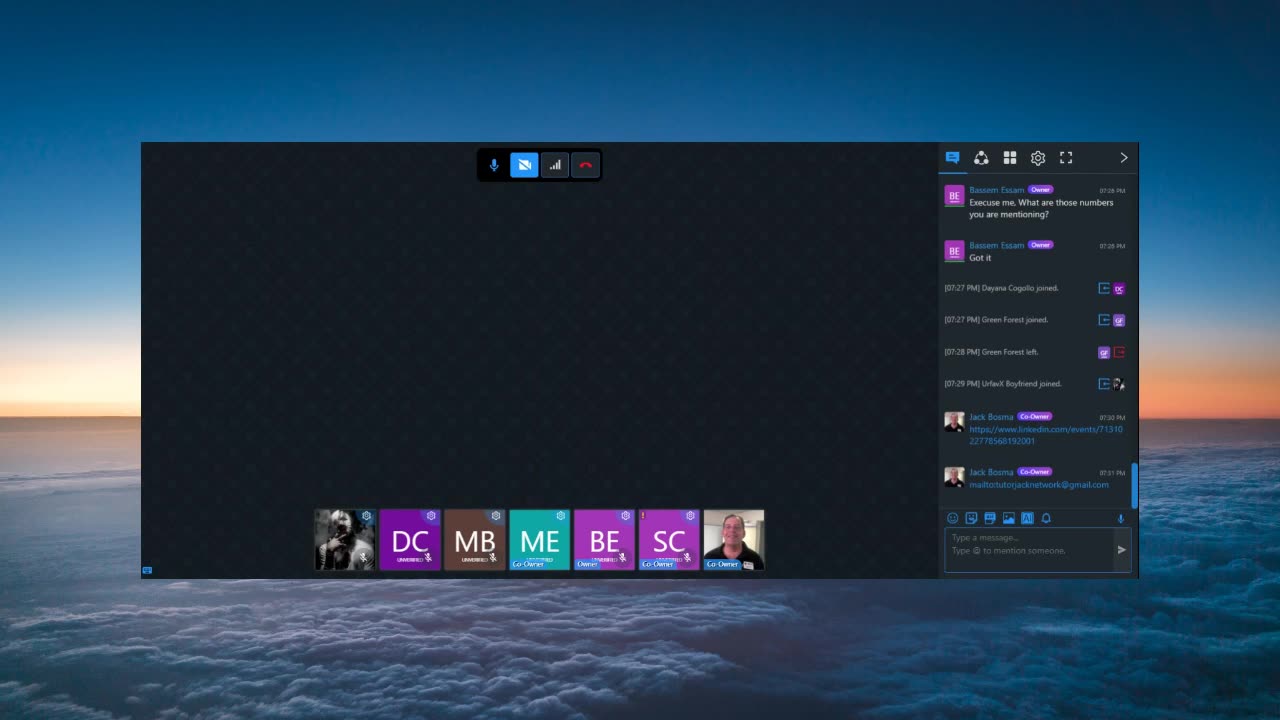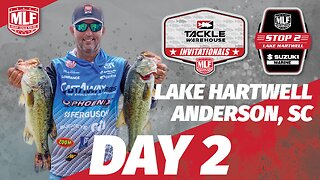Premium Only Content

FFI #6
FFI #6
An introduction typically includes several key components to effectively engage the audience and set the stage for the rest of the content:
Hook or Attention Grabber: Start with a compelling statement, question, anecdote, or statistic to capture the audience's interest and make them want to continue reading or listening.
Context or Background: Provide necessary context or background information to help the audience understand the topic or issue being discussed.
Thesis Statement: Clearly state the main point or purpose of your content. This tells the audience what to expect and helps them understand the focus of your work.
Scope or Outline: Briefly outline the main points or sections that will be covered in your content. This gives the audience a roadmap of what to expect and helps them follow your argument or narrative.
Transition: Transition smoothly from the introduction to the main body of your content. This can be a sentence or two that bridges the gap between the introduction and the next section.
Engagement: Engage the audience by encouraging them to think about the topic or issue in a new way, asking a thought-provoking question, or inviting them to share their own experiences or opinions.
Length: Keep the introduction concise and to the point. Aim to grab the audience's attention and provide enough information to set the stage for the rest of your content, but avoid going into too much detail or overwhelming the audience with information.
By including these components in your introduction, you can effectively engage your audience and prepare them for the rest of your content.
-
 LIVE
LIVE
Jewels Jones Live ®
2 days agoEXPOSING CORRUPTION | A Political Rendezvous - Ep. 114
6,069 watching -
 1:11:40
1:11:40
Michael Franzese
3 hours agoWhat's the deal with Tate brothers?
39.4K21 -
 17:54
17:54
The Rubin Report
3 hours agoTechnology Utopia or Dystopia? Eric Weinstein, Laila Mickelwait & James Poulos
24.8K25 -
 1:12:29
1:12:29
Mike Rowe
2 days agoWHY Is America The Biggest Lumber Importer In The World? | Mike Albrecht #428 | The Way I Heard It
39.7K40 -
 1:19:23
1:19:23
Steve-O's Wild Ride! Podcast
2 days ago $8.06 earnedMrBallen Blows Steve-O's Mind With Insane Stories - Wild Ride #254
32.4K15 -
 2:27:21
2:27:21
I_Came_With_Fire_Podcast
13 hours agoTURKEY is the DARK HORSE NATO Nation That Could START WW3
37.6K8 -
 2:13:40
2:13:40
Rotella Games
23 hours agoFamily Friendly Saturday Morning Fortnite
28.8K -
 LIVE
LIVE
Major League Fishing
2 days agoLIVE Tackle Warehouse Invitationals, Stop 2, Day 2
241 watching -
 4:59:34
4:59:34
SoundBoardLord
8 hours ago90's Cartoons, Chill Vibes, Good Conversations!
31.3K2 -
 9:52
9:52
Talk Nerdy Sports - The Ultimate Sports Betting Podcast
4 hours agoEpisode 3/15/25 - Sportsbooks Won Last Night. Not Tonight. No more excuses. No more heartbreaks!
40.8K2